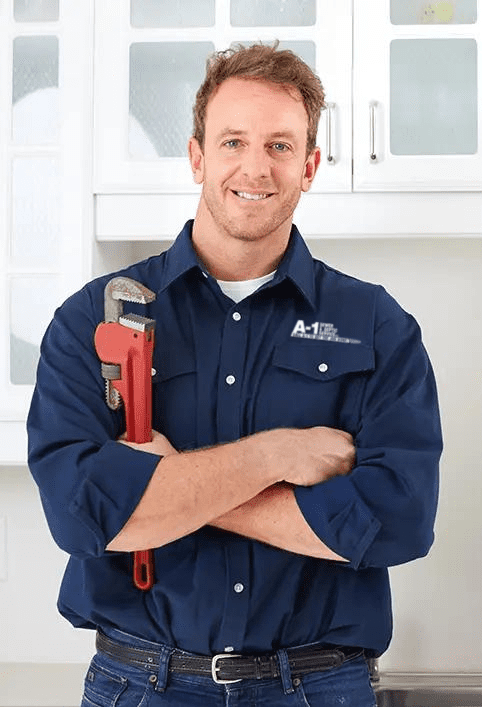How Do I Keep My Toilet From Clogging? Here Are Some Tips for Toilet Clog Prevention
There are numerous reasons that a toilet clog could be occurring, even on a daily basis. This could happen because of how the toilet is used, from problems in the toilet’s mechanics, toilet drain, sewer lines or main sewer line issues, or perhaps even problems with your water supply, water



